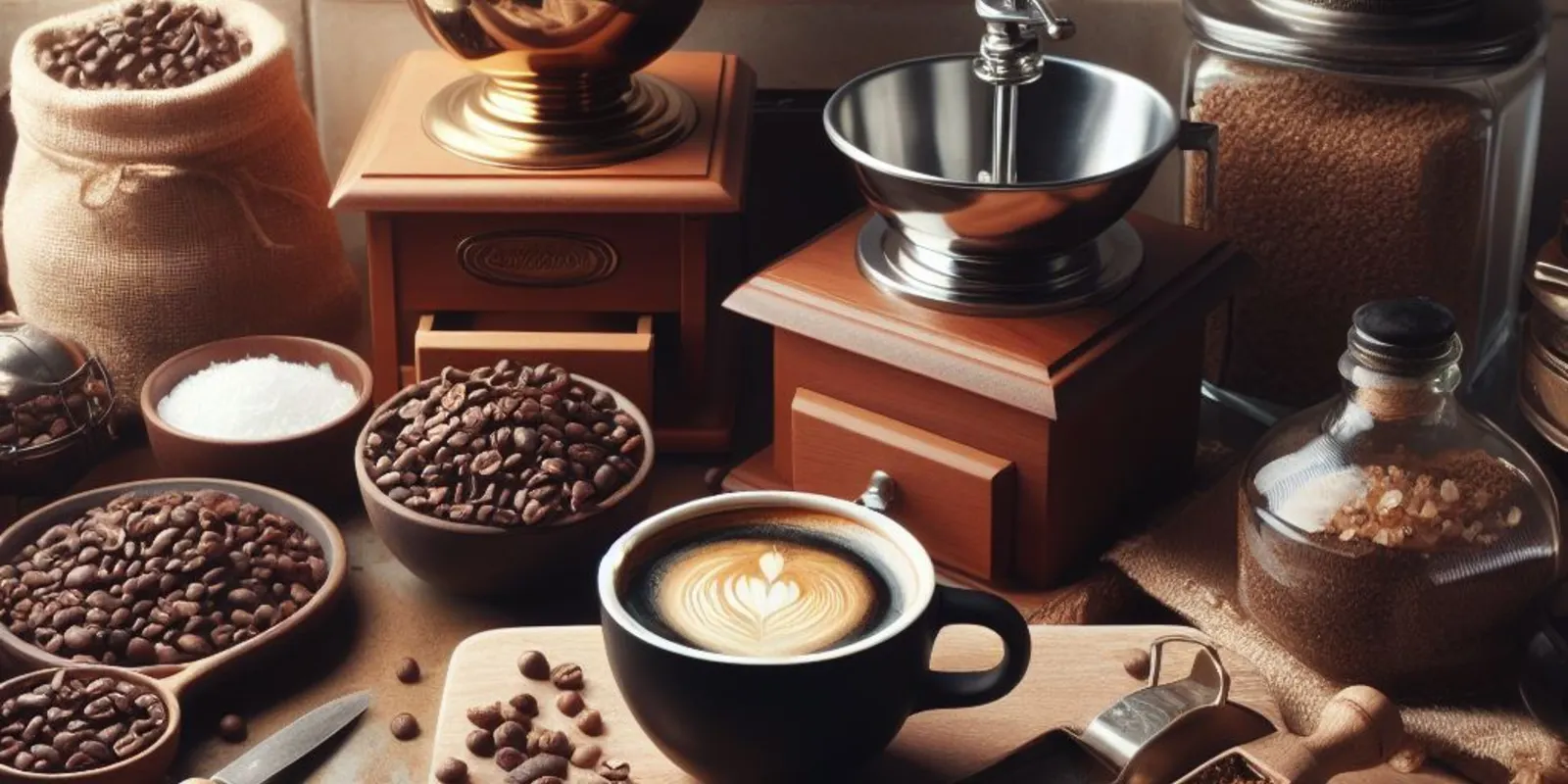
Marrying Classic Coffee Roasting Techniques with Modern Consumer Demand

The world of coffee is as vast as it is flavorful. With an array of beans, origins, and preparations, the beverage has been a staple for cultures worldwide. Central to this is the art of coffee roasting – a tradition that dates back centuries, bringing out the rich flavors and aromas we love.
However, in today's fast-paced consumer landscape, there's a burgeoning demand for not just good coffee but unique, memorable experiences. How then do classic roasting techniques meet this modern consumer demand?
Understanding this begins with recognizing the value of traditional roasting. Classic methods, often slow and meticulous, focus on highlighting the bean's inherent characteristics. Whether it's the earthiness of Sumatran beans or the fruity notes of Ethiopian varieties, traditional roasting is about authenticity.
Modern consumers, equipped with more information and appreciation for specialty coffee, crave this authenticity. They're no longer satisfied with generic, mass-produced blends. Instead, they seek out unique flavors and stories – a connection to the coffee's origin and the hands that crafted it.
Enter the concept of 'third wave' coffee – a movement that treats coffee beans as an artisanal ingredient rather than a commodity. This trend emphasizes transparency, sustainability, and direct trade practices, aligning perfectly with the intricacies of classic roasting.
For businesses, this translates to numerous opportunities. Traditional roasting techniques, when combined with storytelling and branding, can create a compelling narrative. This could be about preserving age-old family roasting methods, championing a specific coffee origin, or even supporting sustainable farming practices.
![]() Find "Manual Coffee Roaster" on Amazon
Find "Manual Coffee Roaster" on Amazon
Moreover, leveraging technology can help bridge the gap between tradition and modernity. Advanced analytics, for instance, can provide insights into consumer preferences, guiding roasters in tweaking their methods for the desired flavor profile. Similarly, AR (Augmented Reality) apps can offer an immersive journey from bean to cup, educating the consumer while piquing their interest.
Subscription models are another avenue. Curated coffee boxes, delivering a selection of traditionally roasted beans, cater to the adventurous palates of today's consumers. It's about offering a journey – one that respects the past while embracing the present.
Workshops and tasting sessions, too, can play a pivotal role. These platforms can educate consumers about the nuances of coffee roasting, turning them into brand advocates. It's an engagement-driven approach, nurturing a community of coffee enthusiasts.
Ultimately, the marriage of classic coffee roasting techniques and modern consumer demand is a harmonious one. It's a testament to coffee's timeless appeal and its ability to evolve, adapt, and thrive. For businesses willing to embrace both facets, the future holds endless possibilities and countless cups of exceptional coffee.







Your insights and experiences enrich our community. Dive into the discussion and share your thoughts with us below!